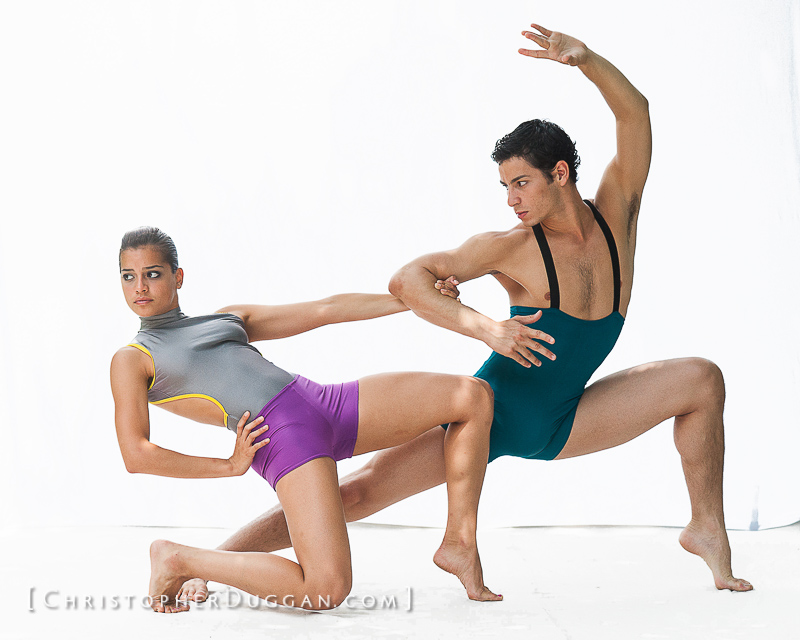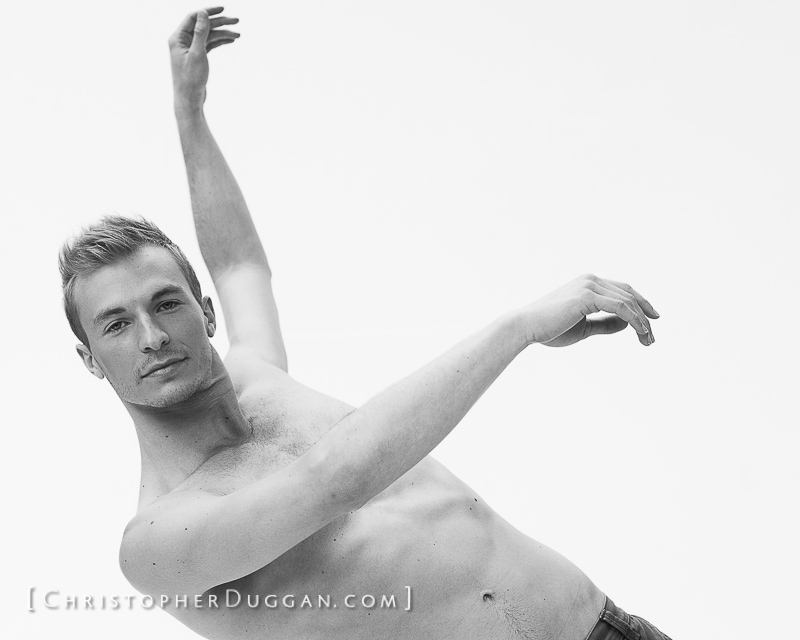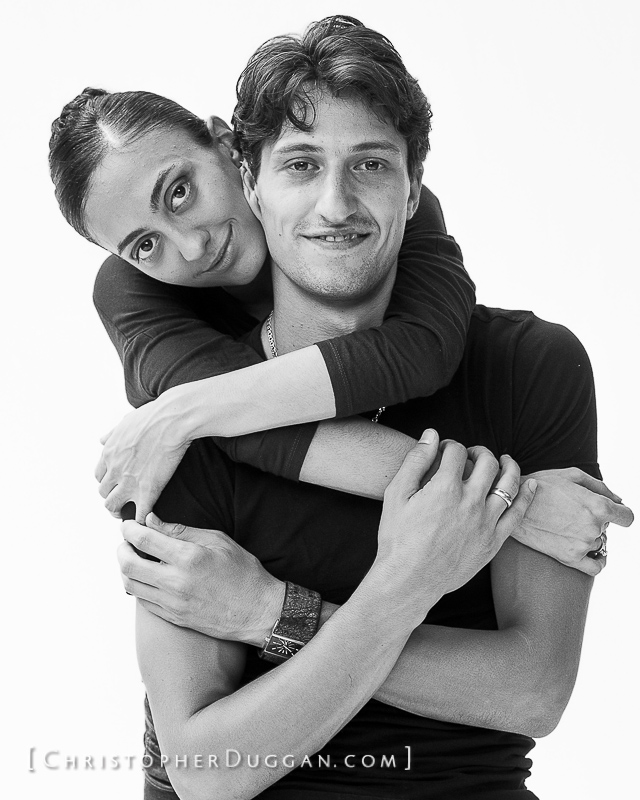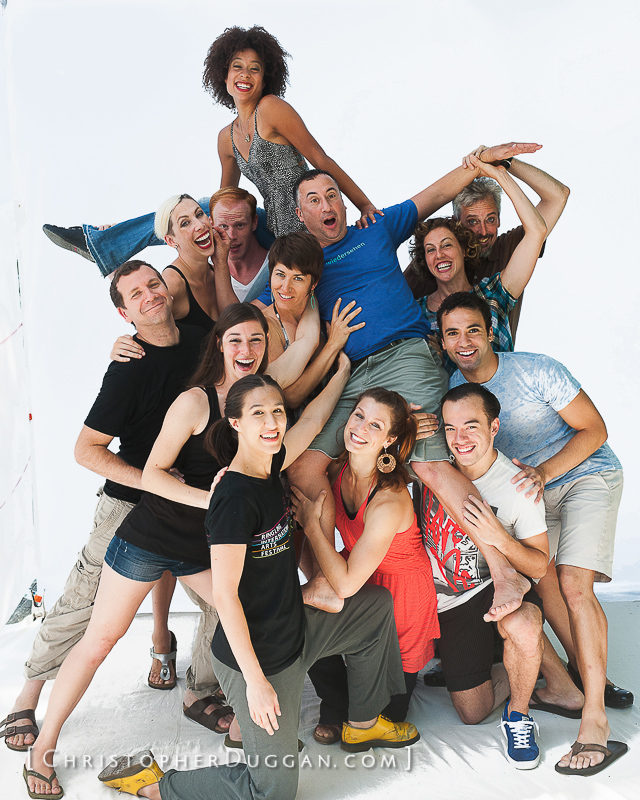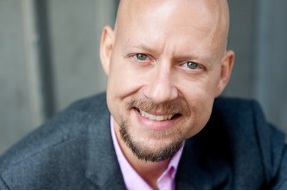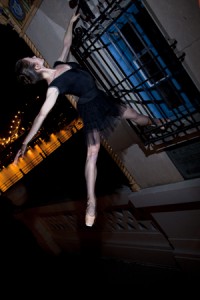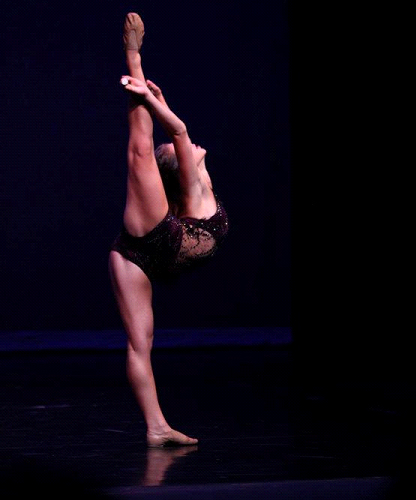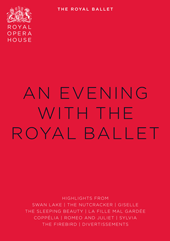 Royal Opera House and Opus Arte’s An Evening with the Royal Ballet presents excerpts from nineteenth- and twentieth-century classics. Beloved works by Marius Petipa and Lev Ivanov, Kenneth MacMillan, and Frederick Ashton will delight ballet lovers. The disc runs about 90 minutes, slightly shorter than a typical two-act evening of dance. Among the principal dancers featured are Leanne Benjamin, Darcey Bussell, Alina Cojocaru, Marianela Nunez, Tamara Rojo, Carlos Acosta, Johan Kobborg, and Steven McRae.
Royal Opera House and Opus Arte’s An Evening with the Royal Ballet presents excerpts from nineteenth- and twentieth-century classics. Beloved works by Marius Petipa and Lev Ivanov, Kenneth MacMillan, and Frederick Ashton will delight ballet lovers. The disc runs about 90 minutes, slightly shorter than a typical two-act evening of dance. Among the principal dancers featured are Leanne Benjamin, Darcey Bussell, Alina Cojocaru, Marianela Nunez, Tamara Rojo, Carlos Acosta, Johan Kobborg, and Steven McRae.
Part One opens with the imposing ballroom scene from MacMillan’s Romeo and Juliet, followed by Ashton’s Voices of Spring pas de deux—a true gem on this DVD. Benjamin and Acosta exude simple joy in the daring but never garish virtuoso duet. Also a treat are Nunez and Acosta’s sweetness and technical fireworks in Ashton’s La Fille Mal Gardee. The closing selection of Part One alone, Cojocaru and Kobborg in a moving and sensitive pas de deux from Act II of Giselle, makes this disc one well worth having. That this particular pas de deux is excerpted as part of the full staging complete with willis, rather than a gala-type presentation, is of tremendous value.
Part Two includes an exemplary Rojo and Acosta in MacMillan’s Romeo and Juliet balcony pas de deux, followed by selections from Sylvia, Swan Lake, Coppelia, and The Nutcracker. Here, in addition to polished, generous dancing by principals and corps alike, the lush sets and costumes of the Royal Ballet full-lengths are shown off to great advantage. Sylvia looks like a rococo oil painting, and the mighty pas de trios and glittering apotheosis of Swan Lake are an impressive close to this program.
An Evening with the Royal Ballet would make a rich addition to any dance lover’s video library.





